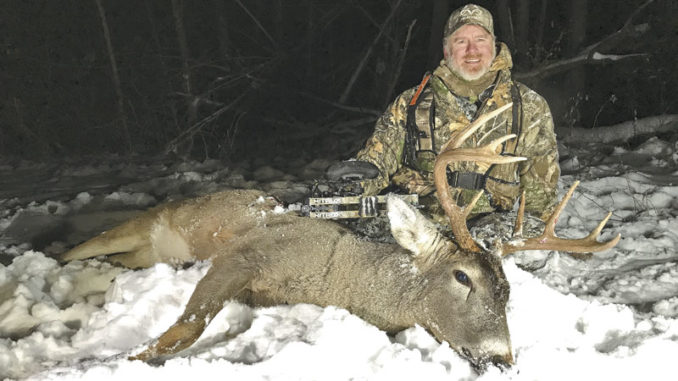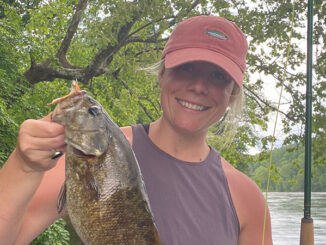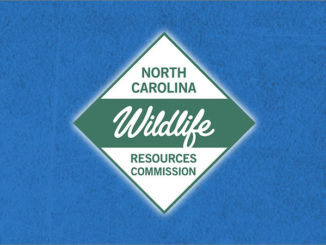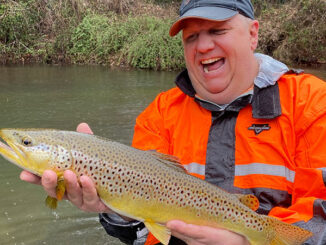
Big, wooded mountains require special deer-hunting tactics



Smallmouth bass provide a rewarding experience for western NC fly anglers, especially during May. […]

The Bobby N. Stezer State Fish Hatchery will undergo renovations that will impact trout stockings in 2025 and 2026. […]

Anglers can catch lots of trout on different flies and techniques throughout March on the streams of western NC. […]

Copyright 1999 - 2024 Carolina Sportsman, Inc. All rights reserved.
Be the first to comment